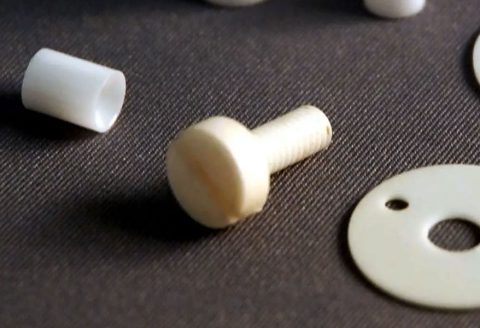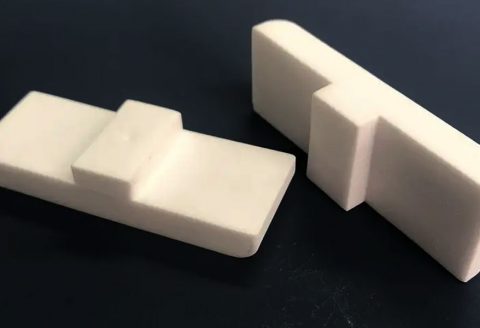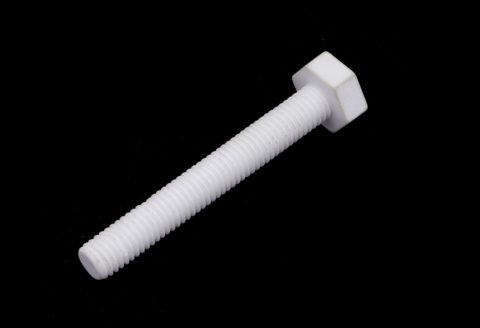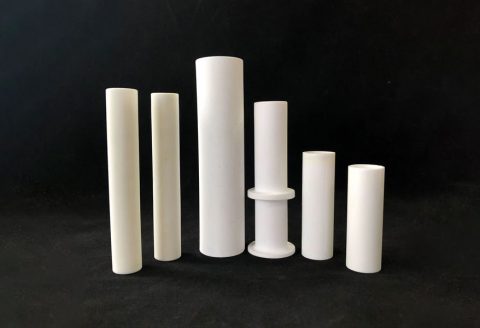Alumina ceramics material are divided into two types: high-purity type and ordinary type.
High-purity alumina ceramics are ceramic materials with Al2O3 content of more than 99.9%.
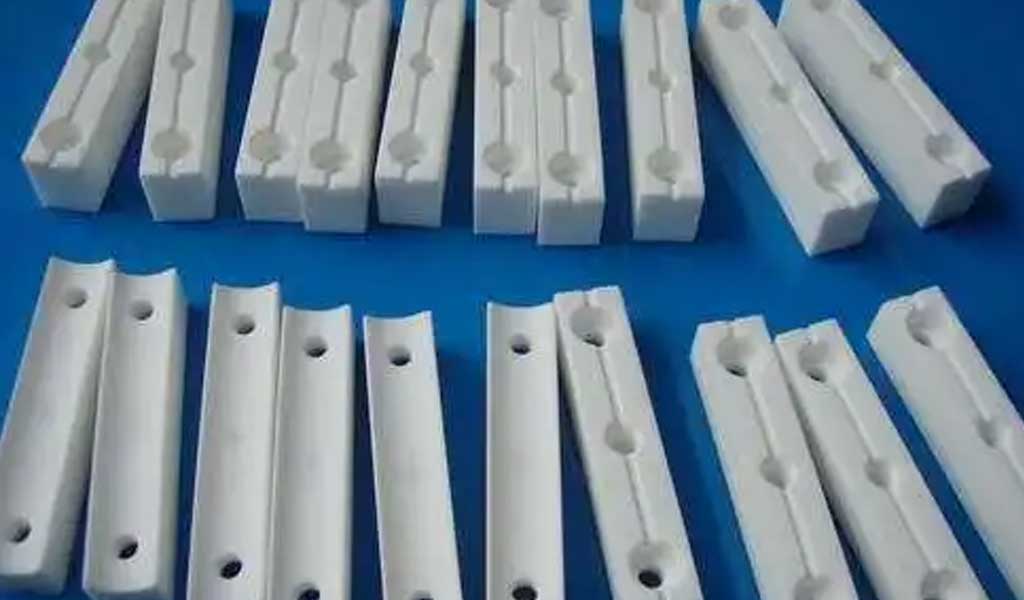
Because their sintering temperature is as high as 1650-1990 ° C and the transmission wavelength is 1-6 μm, they are generally made of molten glass to replace platinum crucibles; use its light transmission. It can be used as a sodium lamp tube because of its properties and corrosion resistance of alkali metals; it can be used as an integrated circuit substrate and a high-frequency insulating material in the electronics industry.
The Main Components Of Alumina Ceramics:Ordinary alumina ceramics are divided into 99 porcelain, 95 porcelain, 90 porcelain, 85 porcelain and other varieties according to the content of Al2O3. Sometimes those with Al2O3 content of 80% or 75% are also classified as ordinary alumina ceramics series. Among them, 99 alumina ceramic materials are used to make high-temperature crucibles and refractory furnace tube materials, such as ceramic bearings, ceramic seals and water valve plates; 95 alumina ceramics are mainly used for corrosion-resistant parts; 85 ceramics are often mixed with some talc. , Improve the electrical properties and mechanical strength, can be sealed with molybdenum, niobium, tantalum and other metals, and some are used as electric vacuum devices.
Forming methods of alumina ceramic products include dry pressing, grouting, extrusion, cold isostatic pressing, injection, casting, hot pressing and hot isostatic pressing. In recent years, pressure filtration molding, direct solidification injection molding, gel injection molding, centrifugal grouting and solid free molding have been developed at home and abroad in recent years. Products with different product shapes, sizes, complex shapes and precision require different molding methods.
